Last time we presented many of the bizarre warplanes that were made during World War II and now we are back with another list.
Some of these designs were actually a result of urgent planning and their operational capability was not considered in the least. Still, many of them were manufactured and even tried out during World War II.
For our readers, we present the bizarre warplanes from World War II (part 2).
Antonov A-40
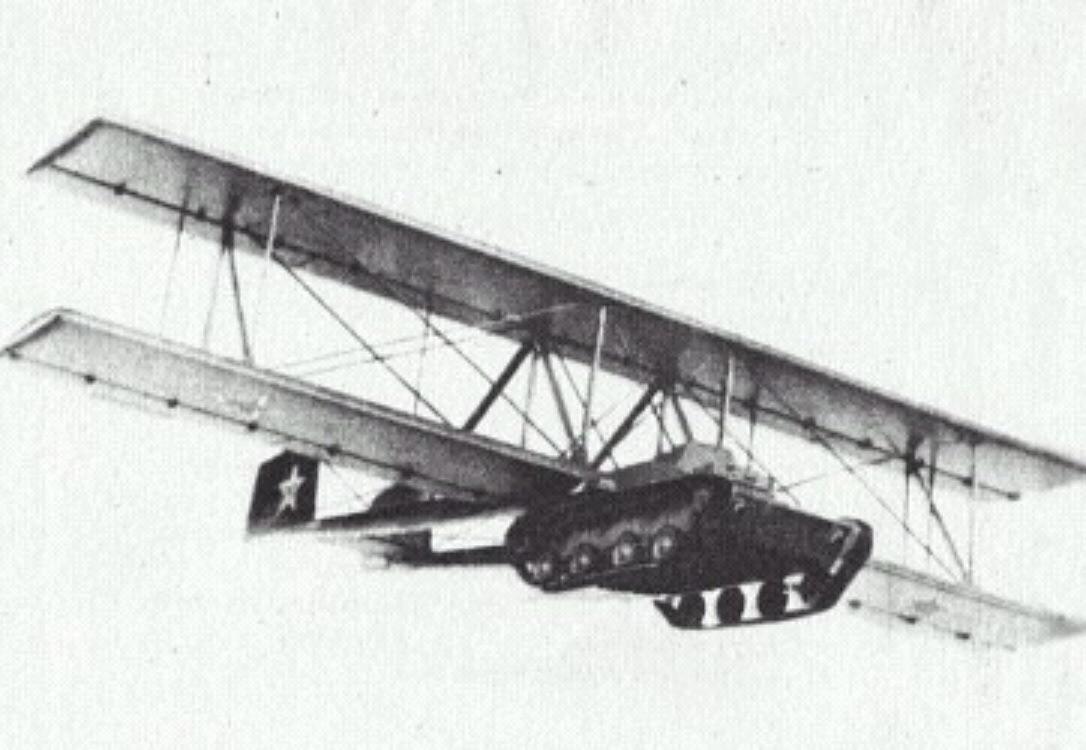
Despite the glider aircraft being a farfetched foreign idea when it comes to its participation in the war of large scale, these gliders were still sued in World War II. They were carried along by a tow plane and were then dropped right into the enemy territory for the purpose of delivering supplies and troops. Out of all such gliders used during World War II, Soviets made one of the most unusual ones which they named as Antonov A-40 aka the Flying Tank.

For most nations during wartime, the primary problem was the delivery of tanks to the front lines and for that taking a shot at it with gliders was an idea that was taken rather seriously by Soviets. Many other nations also favored the prospect of a tank delivery via gliders but failed to achieve it but not the Soviets.

After making considerable progress in dropping small tanks such as T-27 via gliders, they started working on Antonov A-40. For that, they took the idea of an American engineer named John Christies who presented the Flying Tank concept back in the 1930s.

Working on this idea, Soviets built massive biplane wings around a T-60 tank and sent it for a test flight back in 1942 with the pilot named Sergei Anokhin working the controls. Despite having a successful test flight; Soviets gave up on the idea after realizing they had no powerful enough aircraft to tow a fully operational Flying Tank.
Junkers Ju-287
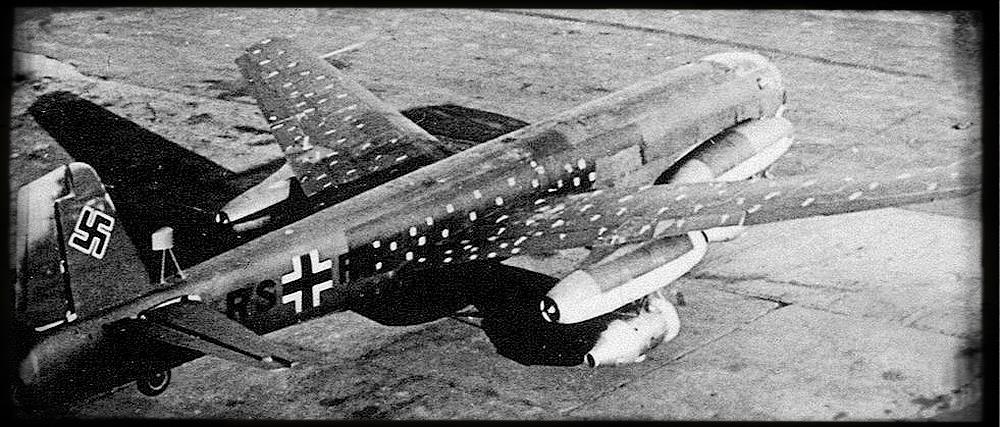
Back in the 30’s German engineers speculated that straight wing designed aircraft would have high speeds but at the time propeller engine driven aircraft could not muster up enough speed. After the jet propulsion technology was invented the German used the straight wing design successfully in their early jet model M2-262.

A company named Wocke took one step ahead and built an aircraft with forward swept wing design and named it as the Junkers Ju-287. The aircraft after completion performed excellently in both terms of speed and maneuverability.
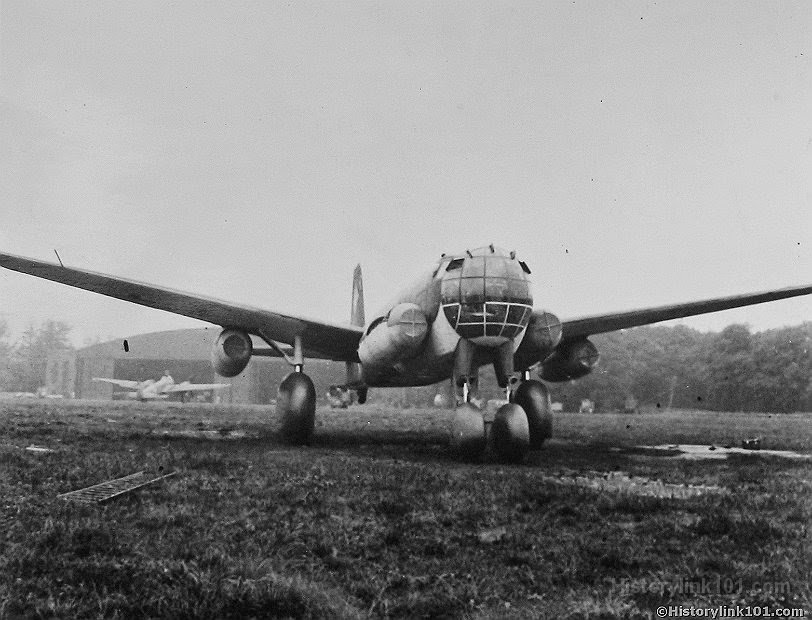
Germans were elated with this high-speed jet fighter of innovative wing design aircraft and ordered to start the production of the Junkers Ju-287. However, unfortunately for Germans, soon after the production started, the war ended two months after that.
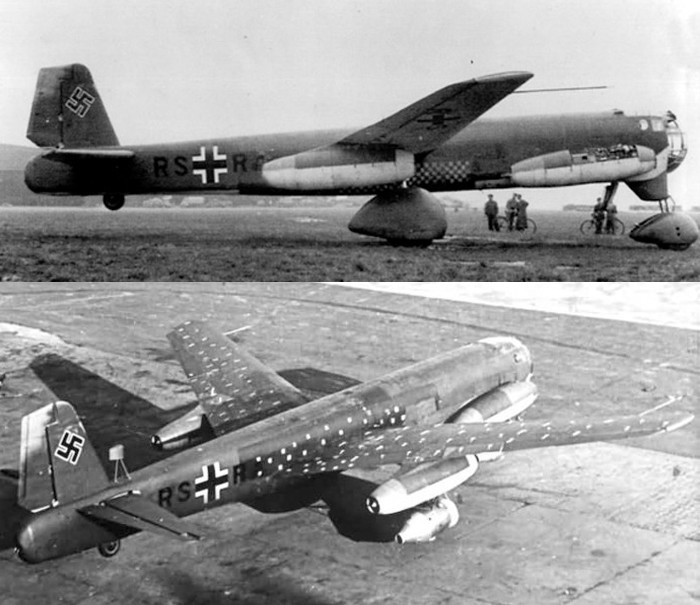
It was not until after 40 decades that forward swept wing design was incorporated by both Russian and Americans in their aerospace engineering.
Cornelius XFG-1
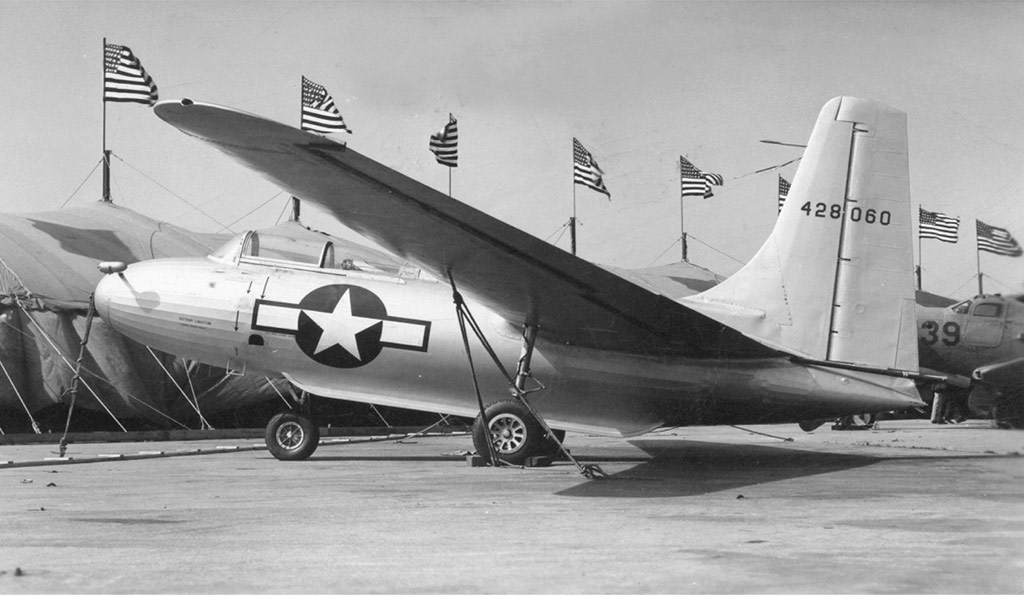
An engineer named George Cornelius was known as an eccentric when it came to gliders and airplane design. After the Ju-287 was manufactured by Germans, he also started working on the forward swept wing designed aircraft and made an excellent glider that could be towed by other aircraft at high speeds with lesser drag.

After the war broke out, Cornelius was hired to design an aircraft which he named as Cornelius XFG-1 aka the Flying Fuel Tank.
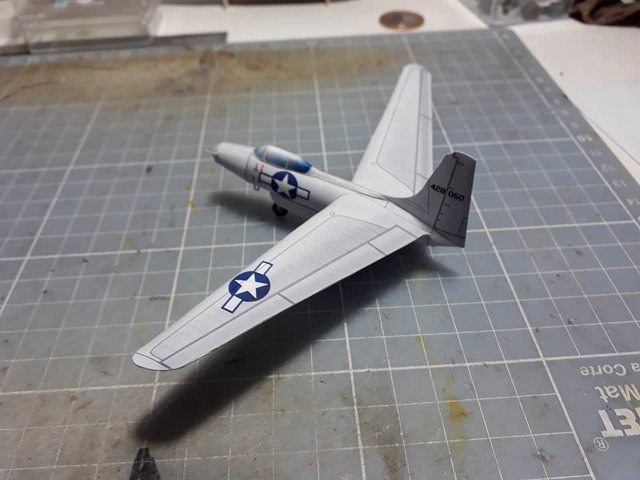
Cornelius designed manned and unmanned variants of this aircraft which were able to be towed at speed of 400 kmph which was twice that any other glider could muster. The unmanned Cornelius XFG-1 was used to be a tow fuel tank for the B-29 bombers which had a storage capacity of nearly 764 gallons that were provided via hoses to B-29. After the tank was done doing its job, the shoes were cut off and the tank would drop to the ground here it would crash. This system proved to be a great addition for increasing the range of bomber aircraft.
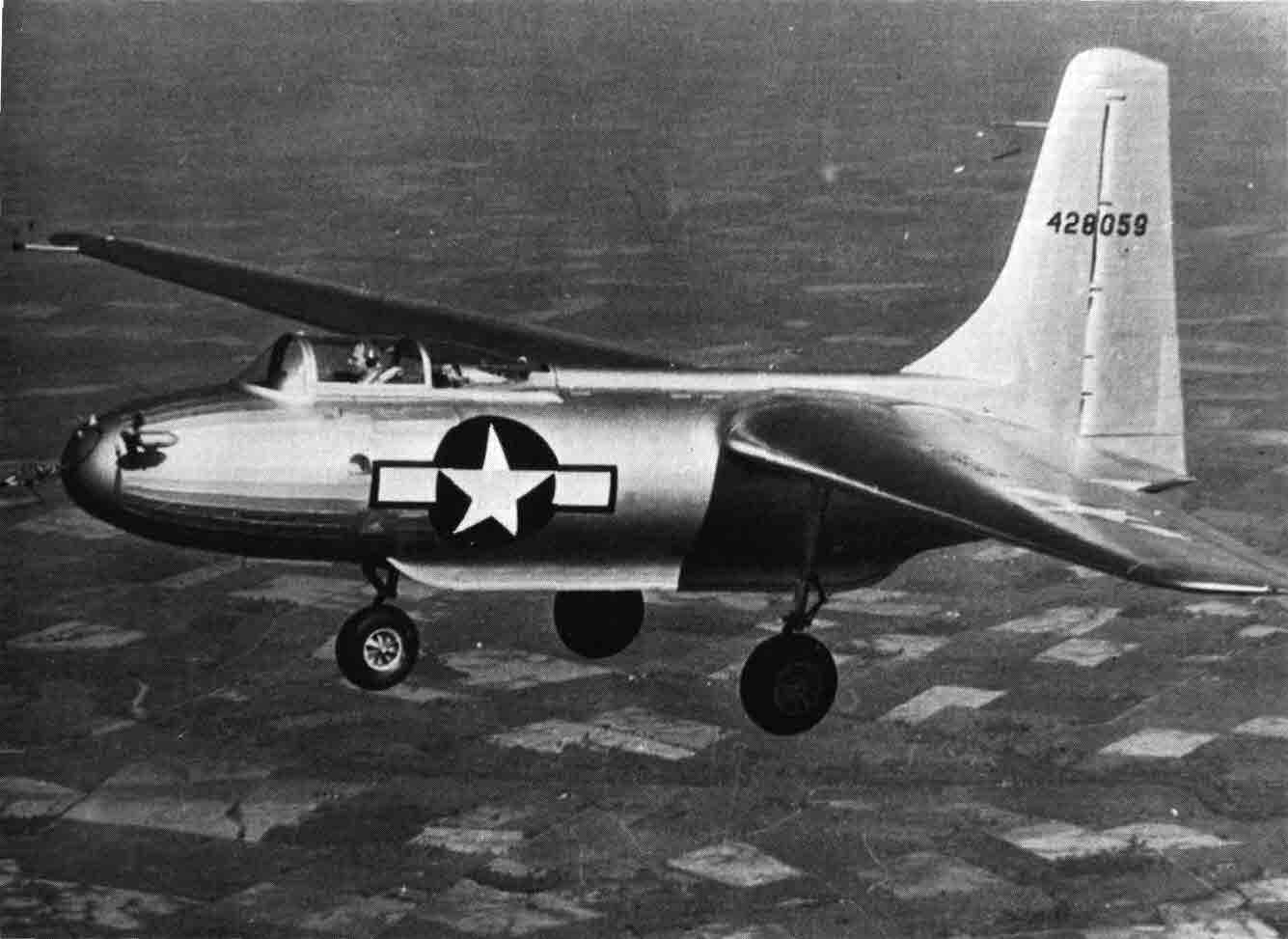
However after one prototype was crashed in a deadly accident and after allied forces were able to occupy the islands close to the Japanese mainland, the need for Cornelius XFG-1 was deemed unnecessary. Air bases with closer islands would have bases and would also need no additional fuel to make the bombing runs.
However, with the entry of the Cornelius XFG-1, the world was shifted in the direction of air refueling tanker aircraft.
Zveno-SPB

During World War I, an idea of a flying aircraft carrier was presented about a large aircraft that would have on it other small aircraft that could defend the mother aircraft from any impending enemy aircraft. After many failures done in by British and American forces, the idea was simply abandoned.
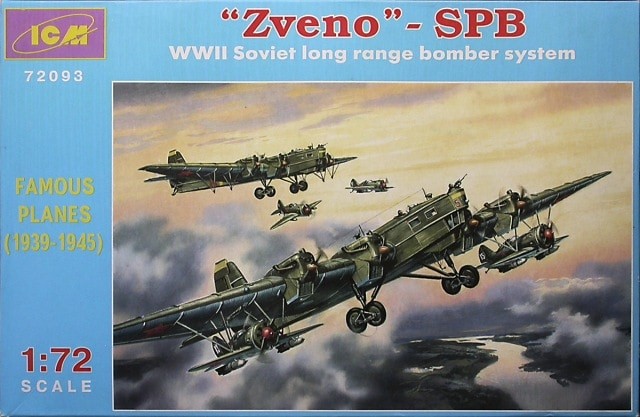
However, after both these nations gave up on this idea, the Soviet Air Force started it, more appropriately the idea was proposed by an aviation engineer named Vladimir Vakhmistrov. He proposed the use of large Tupolev bombers to carry onside many small fighters. The idea was approved and Vladimir Vakhmistrov designed an aircraft in which he designed 5 other smaller aircraft but it was rescaled to present a single TB-3 mother ship that had on it 2 I-16 fighter aircraft.
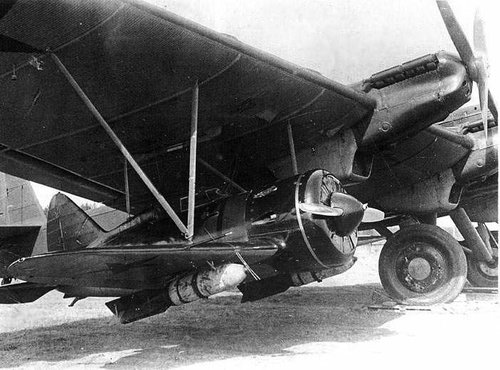
The high command of the Soviet Union was impressed by the project named Zveno-SPB, especially after its first successful mission of destroying a Romanian oil depot. Another important mission carried out by 2 of the Zveno-SPB was to destroy the bridge located near Chernovodsk. The attack was carried out back in August of 1941 and was a successful one. Still, after a few months of this mission and nearly 30 other missions, the Zveno project was completely shut down without any apparent reasons.
Fieseler Fi-103R
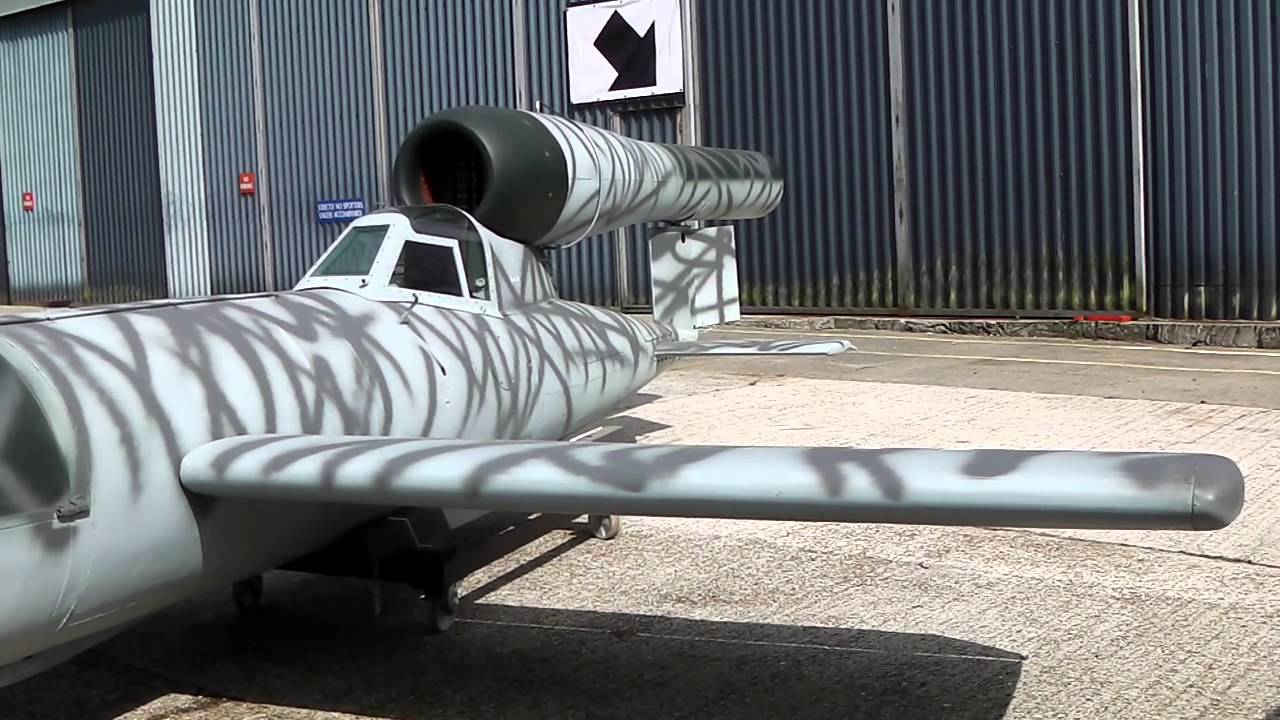
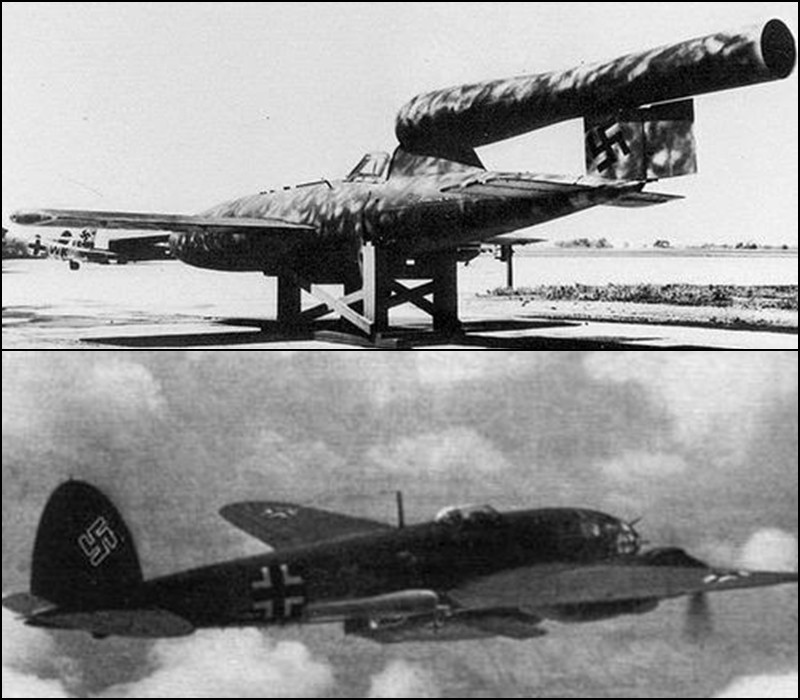
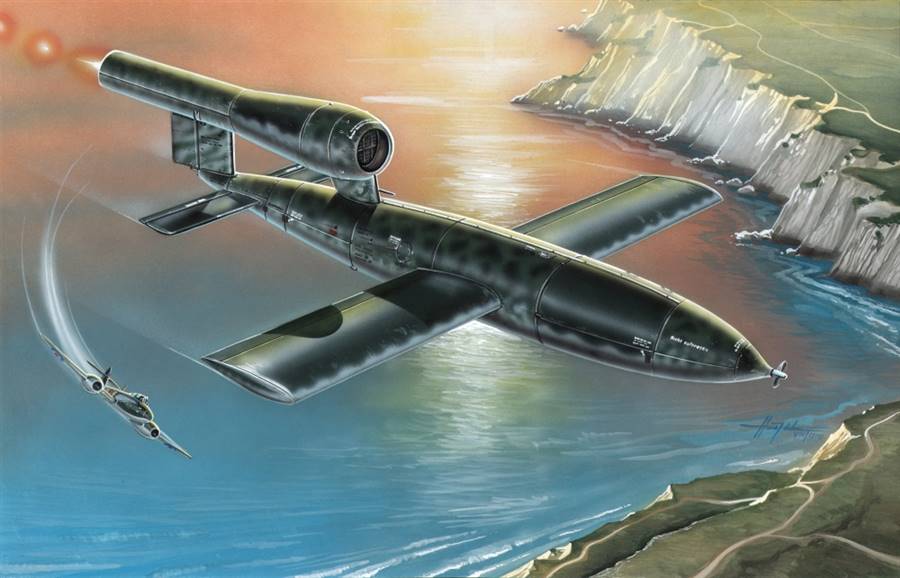
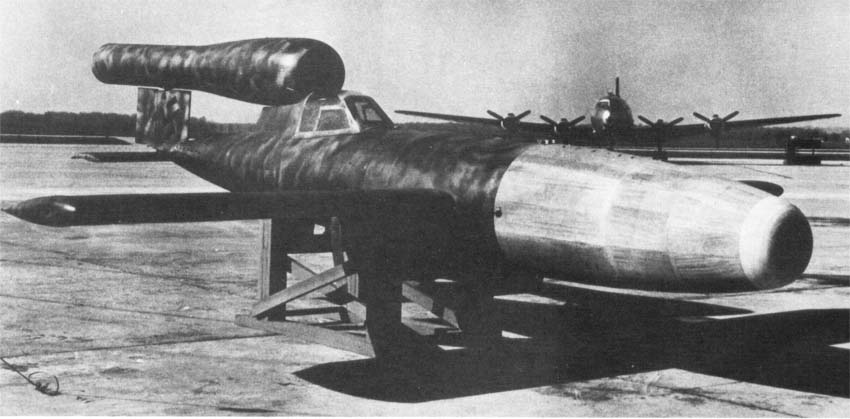

Near the end of the war, German forces were eager to disrupt the Allied shipping in the English Channel. Missiles were one way to do that and had the capacity too; still, they needed to be aimed with precision which was near impossible.
For overcoming that problem, German engineers came up with Fieseler Fi-103R piloted missiles which were to be carried by a pilot into the air and then to be launched from a He-111 bomber. The Fieseler Fi-103R was installed by adding in a small cockpit at the front of the jet engine.
After the pilot had the target, he would need to aim and then shoot the missile and bail out of the area immediately. Still with a roaring engine right behind the cockpit meant a suicide mission and the aircraft never saw the day of operational service. Still many of the Fieseler Fi-103Rs were acquired by the Allied Forces after the war ended.
Related Content





